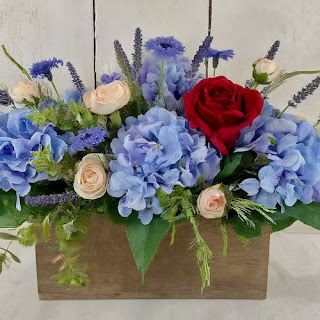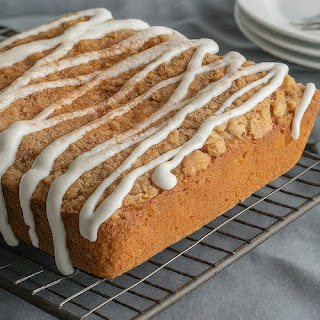Materials
Vase: The vase is made of ceramic, with a glazed finish in a cream-lime colour. The glaze creates a smooth, glossy surface that reflects light and adds depth to the colour.
Flowers
Bright Pink Roses: The vibrant pink roses are likely hybrid tea roses, known for their large, showy blooms with velvety petals.
Sea Lavender: These are actually not lavender, but Limonium, a flower with small, clustered blooms that come in various shades, including the purple seen in the image.
Arrangement Method
The arrangement likely uses a formal or structured style. Here's a breakdown of how it might be achieved:
- Focal Point: The florist would have started by placing a few rose stems strategically in the centre of the vase, creating a focal point. The stems would be cut at a length that allows the roses to sit high in the vase, showcasing their full beauty.
- Supporting Flowers: Sea lavender sprigs would then be added, likely cut shorter than the roses. The florist would carefully position them to fill any gaps around the roses and add texture and movement to the arrangement.
- Balance and Harmony: The florist would continue adding roses and sea lavender, ensuring a balanced distribution of colour and texture throughout the vase. They might use a technique called "massing" where several stems of the same flower are grouped together to create a bolder impact.
- Finishing Touches: Once the main structure is complete, the florist might add a few strategically placed sprigs of sea lavender or a single, fully opened rose bud to further enhance the arrangement's visual appeal.


%20.jpeg%20:c:rf2%20%20.jpeg)







